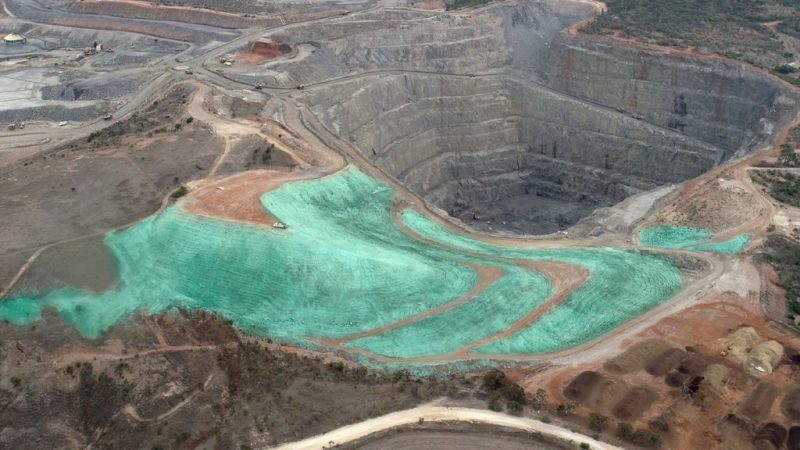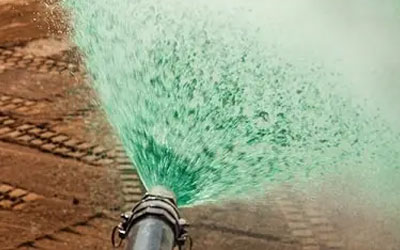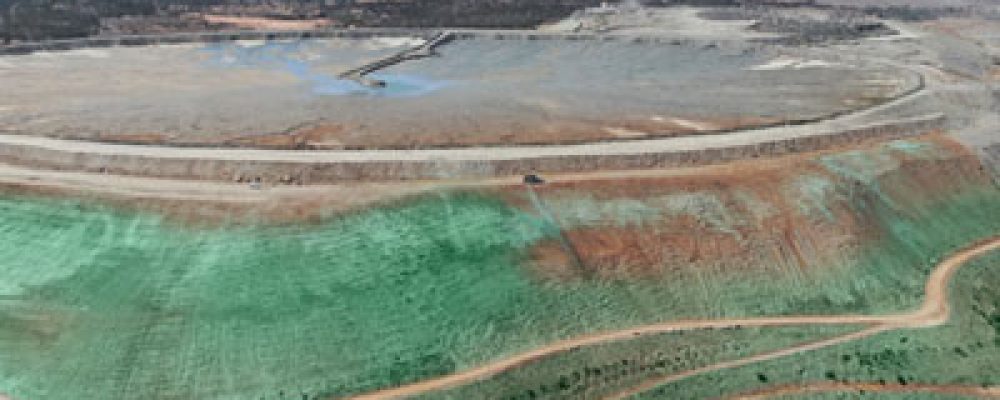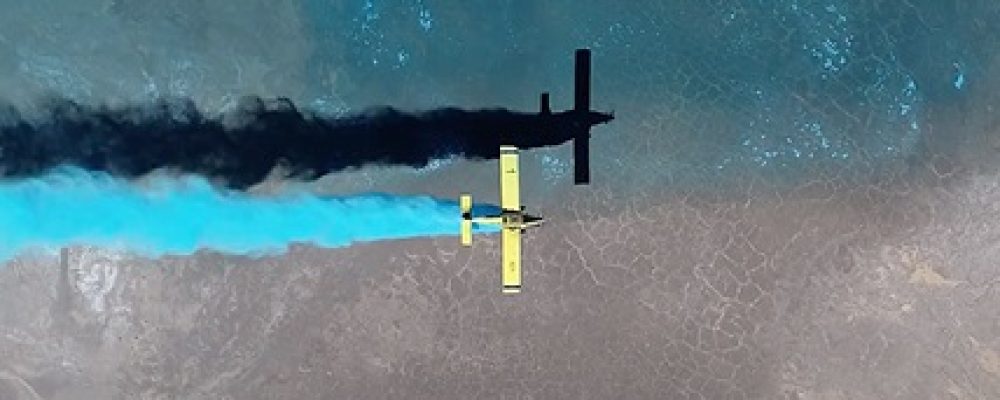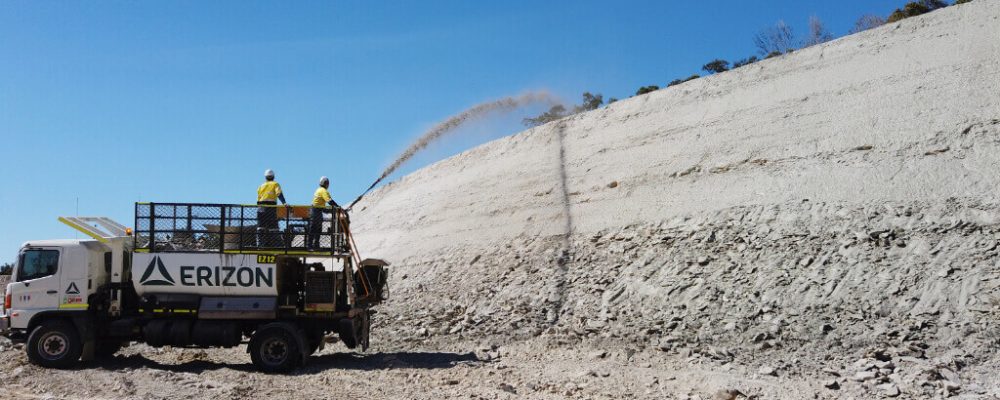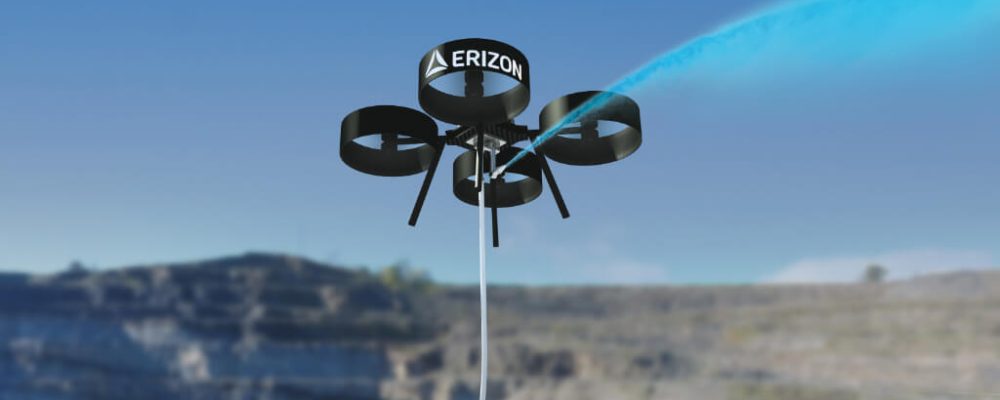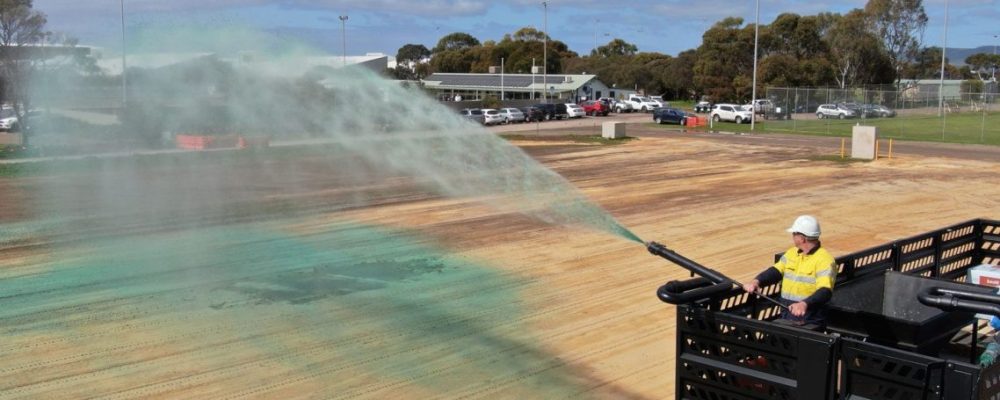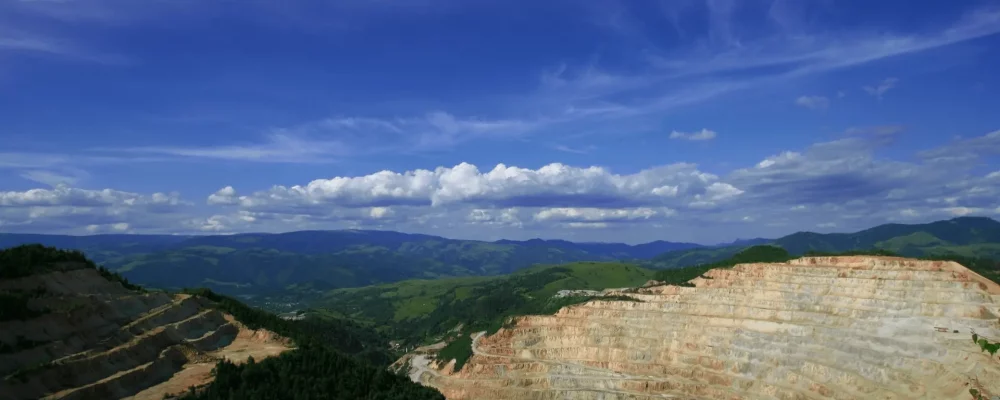Topsoil refers to the uppermost layer of soil, which is responsible for sustaining plant life. There are many types of topsoil that you can use, including sandy loam topsoil. Although there are a lot of benefits to sandy loam topsoil, there are some challenges to stabilizing it as well. For example, sandy loam topsoil tends to have issues with erosion and can be difficult to revegetate. Fortunately, if your site has sandy loam topsoil, there are ways that you can stabilize it.
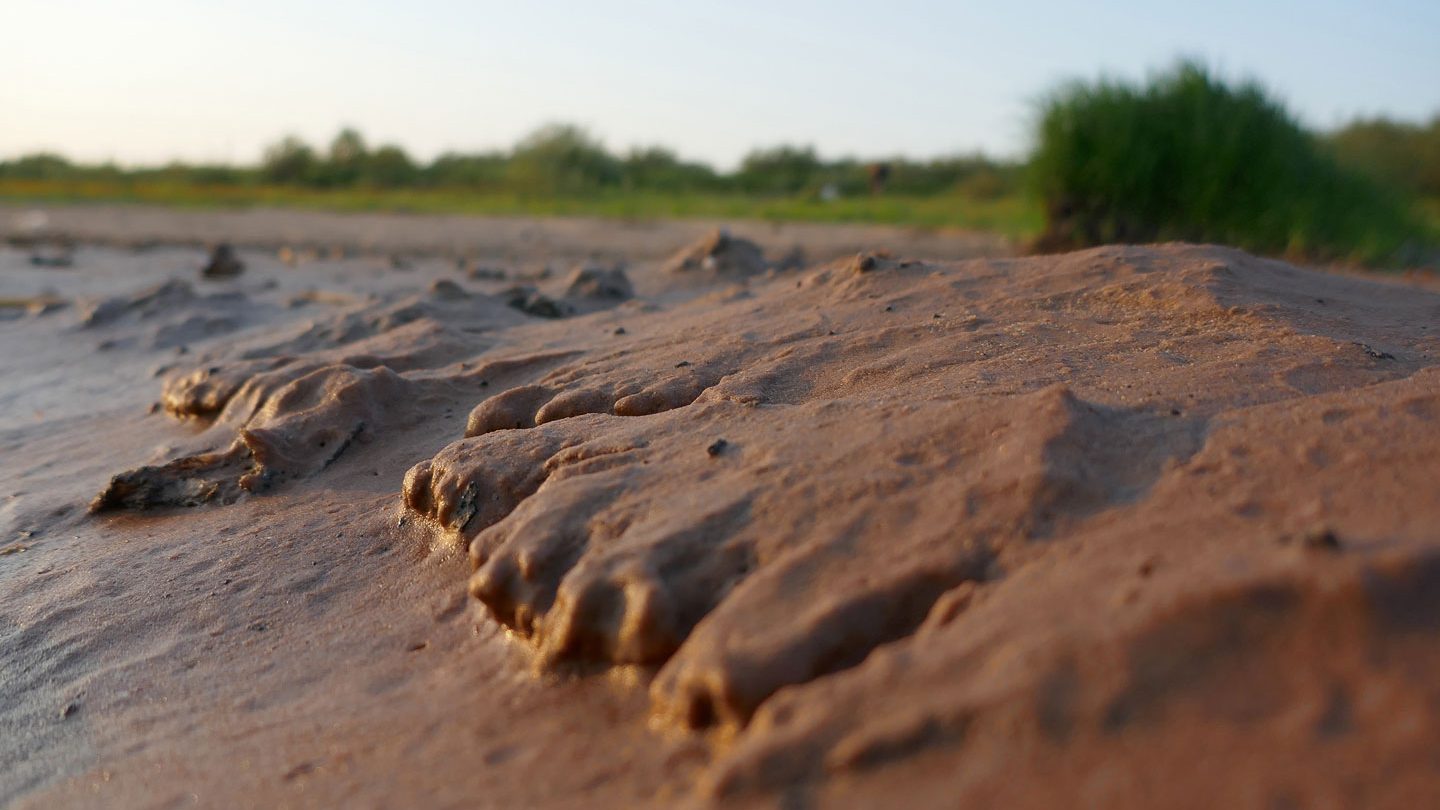
What Is A Sandy Loam Topsoil?
Sandy loam topsoil is a type of soil that combines sand, silt, and clay. By itself, sand doesn’t retain water, so shaping it when it’s wet is impossible. As a result, sand tends to be highly vulnerable to erosion. Clay, on the other hand, is the exact opposite. It holds water incredibly well, which means erosion typically isn’t an issue. However, it becomes quite hard and packed down and dry, which makes it challenging to revegetate.
Silt is somewhere between sand and clay. When wet, it can be formed into a wet ball. Although silt doesn’t have the drawbacks of clay and sand, it doesn’t have the pure advantages of either, which is why all three are often combined to create sandy loam topsoil.
This mixture makes sandy loam topsoil a great option as topsoil because it holds water, which means it will promote vegetation growth but still drains, which means plant roots can access oxygen. However, sandy loam topsoil isn’t perfect — you will still need to stabilise it to ensure that it doesn’t erode and is suitable for revegetation.
Methods for Stabilising Sandy Loam Topsoil
Stabilising your topsoil refers to the process of increasing the durability, strength, and bearing capacity of the soil to prevent erosion and promote vegetation growth. Here are three methods you can use to stabilise your sandy loam topsoil:
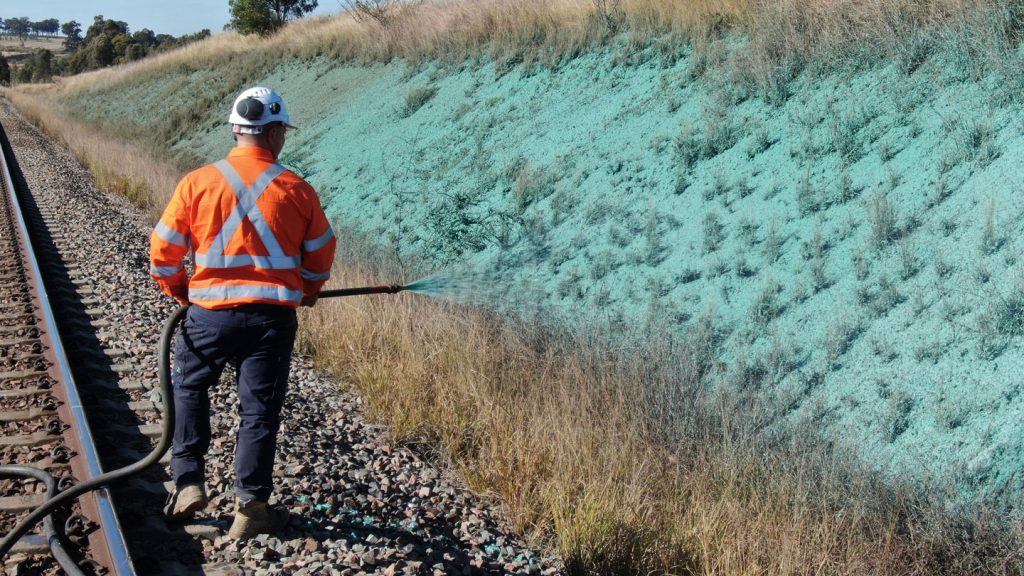
Mulching
Mulching covers the soil with organic material, such as wood chips, straw, or bark. This layer helps protect the soil from wind and water erosion while also helping to retain moisture and improve temperature regulation in the ground. In addition, organic mulch also adds nutrients to your topsoil as it breaks down over time, which helps promote plant and grass growth.
There are different types of mulching processes that you can implement. For example, traditional mulching involves wood chips, straw, or bark spread across the soil surface. Then there’s hydromulching, which is a process where you spray the soil with a mixture of water, mulch and binders. This method is beneficial if you’re revegetating your land because it helps retain moisture, which is essential for encouraging growth, and adds protective cover to prevent erosion.
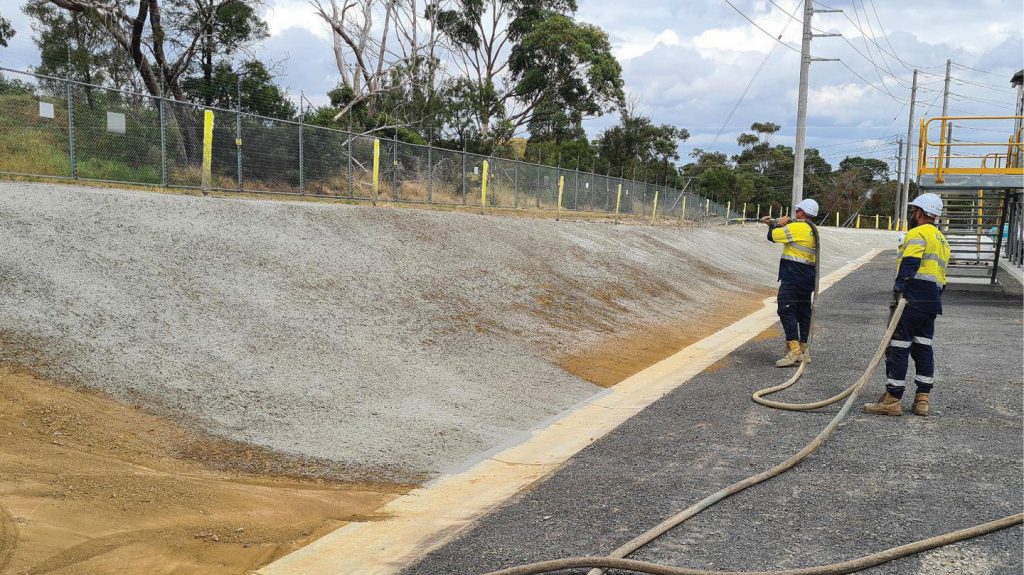
Erosion Control Blankets
Erosion control blankets are temporary or permanent covers placed over the soil to help protect it from wind and water erosion. Erosion control blankets come in different types, each with its own benefits. For example:
- Woven jute mats: These mats have an open weave structure that allows water to flow freely through them while providing excellent erosion control.
- Straw blankets: Straw blankets are composed of straw and other biodegradable materials, such as coconut fiber, which help to protect the soil from wind and rain. They also add nutrients to the topsoil as they break down over time.
- Sprayable erosion control blankets: Newer developments in these technologies have led to sprayable erosion control blankets, such as EcoArmour, designed to be applied with a sprayer and form a protective layer over the topsoil.
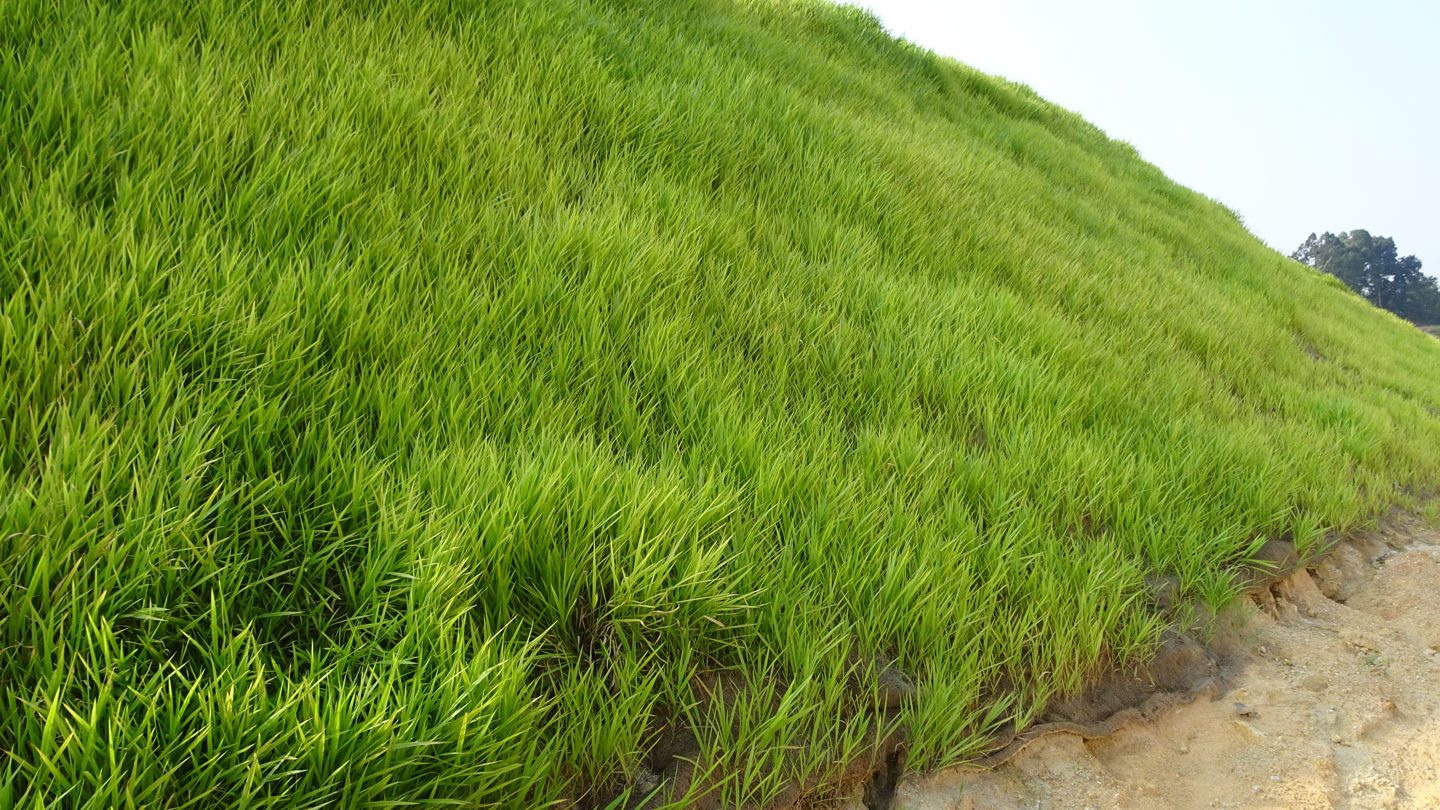
Vegetative Stabilisation
Vegetative stabilisation is the process of planting vegetation, such as grasses or shrubs, on topsoil that is prone to erosion. This method helps stabilise the soil by increasing its bearing capacity and providing a protective cover. Plants also help absorb wind energy, reducing the likelihood of wind erosion.
Several vegetation types can be used for stabilisation, including grasses and shrubs. Each type of vegetation has its own benefits. For example, grasses have a high rooting density which helps keep the soil in place. At the same time, shrubs provide more permanent protection by trapping wind energy and creating deeper roots. Additionally, vegetation helps add organic material to the soil as it breaks down over time, improving its fertility and promoting plant growth.
HydroBond is also a dust suppression product that is suitable for revegetation. This marvelous product is the perfect balance of effectiveness and affordability, locking in dust while letting air and water flow through. It works wonders on any soil or sand type, making it a must-have for any dusty or sandy situation.
Best Practices for Stabilising Sandy Loam Topsoil
Now that you know some of the most effective methods for stabilising your stand loam topsoil, let’s go over some of the best practices for doing so:
- Proper Site Preparation: Preparing your site involves removing any rocks, roots, or other debris from the area before you begin any stabilisation work. Doing so will ensure that the soil is free of any obstructions and can be adequately stabilised. If you don’t remove such blocks, they can act as a barrier to the stabilisation efforts and prevent them from being effective.
- Selection of Appropriate Stabilisation Method: Although there are several effective methods to choose from, not all of them are suitable for every situation. Before you select a stabilisation method, consider the following:
- Local Conditions: Different conditions, like rainfall levels and wind speeds, will affect the effectiveness of a stabilisation method. For example, if the area is prone to excessive rainfall, opt for a technique that provides more effective water drainage. Make sure to choose a method that is suitable for your location.
- Your Land: If your land is vulnerable to erosion due to the slope or other factors, you may opt for erosion control blankets. Mulch or vegetative stabilisation may be more appropriate if your land is flat, but If your soil is depleted, vegetative stabilisation may not be effective, and you may need to add more soil amendments first, such as EnviroSoil.
- Cost: Different stabilisation methods have different costs associated with them. Consider your budget when making your decision to ensure that you select a method that is within your means.
- Duration: Some stabilisation methods may require more maintenance than others. Consider the time and effort you will put into maintaining your stabilisation efforts before choosing a technique.
- Maintenance: Once the stabilisation method is chosen and implemented, maintenance is required to ensure the success of your efforts. This includes monitoring soil erosion levels, inspecting vegetation for signs of damage or disease, replacing any damaged vegetation, and amending the soil with organic material as necessary. Maintenance is important to ensure that your stabilisation efforts remain effective and serve their purpose.
Expert Soil Stabilisation For Topsoils In Australia
Stabilising sandy loam topsoil is a critical process for erosion control and revegetation. Several effective methods, such as mulching, vegetative stabilisation, and erosion control blankets, can be used, each with its own benefits. At Erizon, we offer several products (such as EnviroSoil and EcoArmour) and various services (such as hydro mulching) designed to help with soil stabilisation.
Our expert team can advise and assist in choosing the best method for your situation, ensuring your stabilisation efforts are successful.
